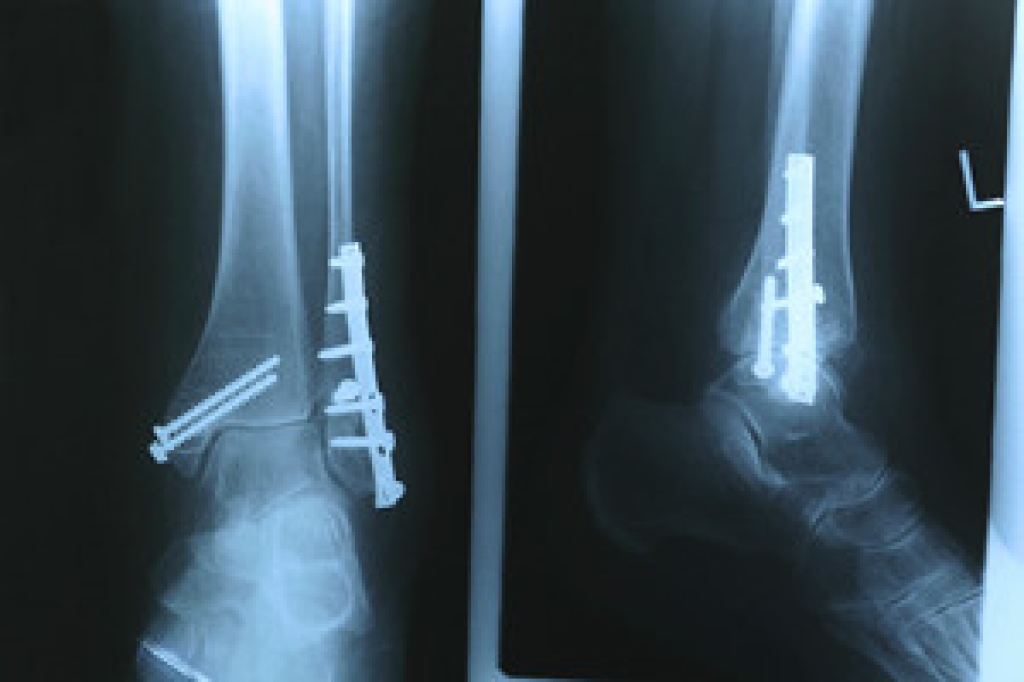
Although the toes are relatively small parts of the body, they are nevertheless important. Therefore, toe pain is nothing to take lightly. Toe pain has a wide variety of different sources and causes. One of these causes is a condition known as turf toe. Turf toe is essentially a spraining of the big toe joint, and it can occur in an individual after the big toe joint is excessively bent upwards. Football players are particularly prone to developing this foot condition. Typically, an individual can develop turf toe after injuring the big toe joint while playing on artificial turf. This turf can be a hard surface for athletes to land on after jumping or running. When an individual suffers from turf toe, they might notice a wide range of symptoms. Commonly, the patient will experience pain in the big toe and significantly restricted big toe joint agility. If you suspect that you might have turf toe, it could be wise to contact a podiatrist who can help you obtain a proper diagnosis. A condition like turf toe is typically diagnosed through a full examination of the affected foot and an X-ray. Treatment for turf toe could be different depending on the specific case. However, ice, compression, and elevation of the foot are common treatment techniques. Contact a podiatrist if you believe that you have turf toe.
Toe pain can disrupt your daily activities. If you have any concerns, contact Afsaneh Latifi, DPM of Lenox Hill Podiatry. Our doctor can provide the care you need to keep you pain-free and on your feet.
What Causes Toe Pain?
Most severe toe pain is caused due to a sports injury, trauma from dropping something heavy on the toe, or bumping into something rigid. Other problems can develop over time for various reasons.
Toe pain can be caused by one or more ailments. The most common include:
- Trauma
- Sports injury
- Wearing shoes that are too tight
- Arthritis
- Gout
- Corns and calluses
- Hammertoe
- Bunions
- Blisters
- Ingrown toenails
- Sprains
- Fractures (broken bones)
- Dislocations
When to See a Podiatrist
- Severe pain
- Persistent pain that lasts more than a week
- Signs of infection
- Continued swelling
- Pain that prevents walking
Diagnosis
In many cases the cause of toe pain is obvious, but in others, a podiatrist may want to use more advanced methods to determine the problem. These can range from simple visual inspections and sensation tests to X-rays and MRI scans. Prior medical history, family medical history, and any recent physical traumatic events will all be taken into consideration for a proper diagnosis.
Treatment
Treatments for toe pain and injuries vary and may include shoe inserts, padding, taping, medicines, injections, and in some cases, surgery. If you believe that you have broken a toe, please see a podiatrist as soon as possible.
If you have any questions please feel free to contact our office located in New York, NY . We offer the newest diagnostic tools and technology to treat your foot and ankle needs.








